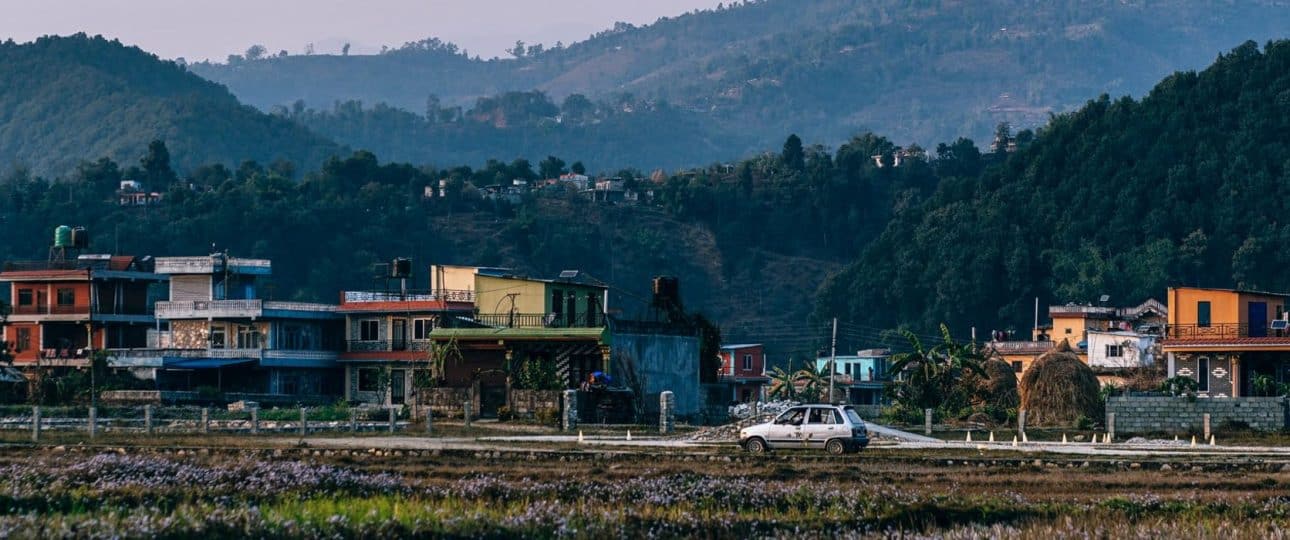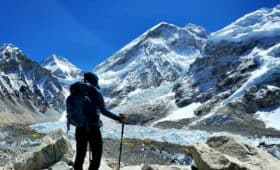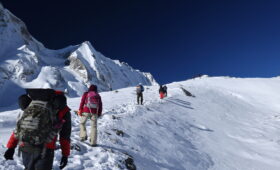Back in Business: Nepal after earthquake is ready for Tourists
More than a year after the devastating earthquake in Nepal, the country is back on its feet to accept tourists once again.
For an economy that largely depends on its tourism, Nepal had been shaken by the earthquake’s aftermath, leaving the country with 50% decline on its tourism industry.
Nepal’s Deputy Consul General Surenda Thapa said in an interview three months after the earthquake that they are ready to receive tourists like before. Months since then, the Nepalese government is continually urging tourists to make Kathmandu their next destination.

Nepal: More than a Year After the Earthquake
– Since the earthquake’s devastation on the 25 of April 2015, the tourist infrastructure such as flights, roads, airports, healthcare, and drinking water to name a few are fully operational.
– Out of the 75 Nepalese districts, only 11 surrounding Kathmandu were affected. All areas are back to normal now.
– To urge tourists particularly Indians who make up150,000 out of the estimated 800,000 tourists who visit Nepal annually, officials declare that it is time to get past the psychological barrier that haunted the country and enjoy Nepal once again.
– Out of the eight UNESCO-recognized tourism areas in Nepal, only three had been affected by the earthquake. These areas are now fully open to tourists.
– Three months after the devastation, 90% of the hotels in the country were back to business and other tourist facilities had been restored.
– A Japanese agency assessed the damage of the earthquake and reported that only 4 km of the 210 km in 36 trekking routes in the Annapurna region was unfortunately destroyed. The rest of the areas are safe for trekking including the tourist-favorite Pokhara Valley.
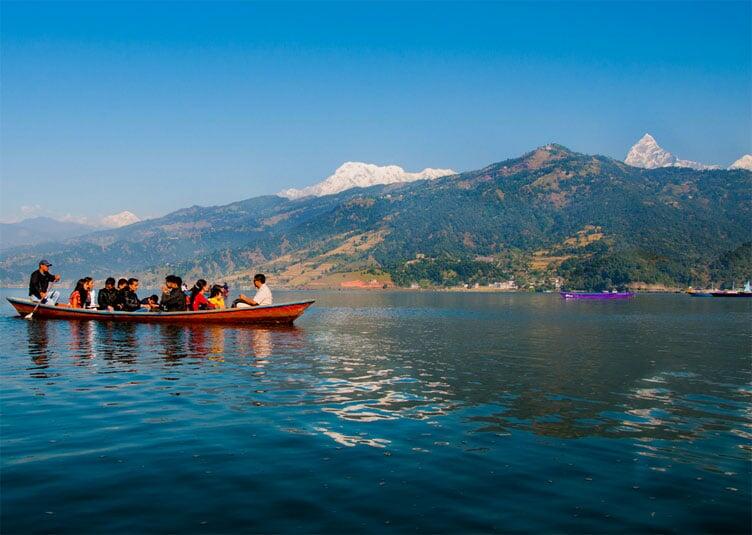
– After April 25, about 99% of Nepal’s tourism went to a halt. This translates to about $100 million worth of net loss in businesses related to Nepalese tourism. More than a year later, the country is slowly standing on its own feet, while encouraging more tourists to come and visit destinations that only Nepal can offer.
– In July 2015, Annapurna was officially declared safe for travelers. As one of the most popular trekking areas of Nepal, Annapurna took a blow that had inevitably shaken the country’s economic recovery.
The good news is that specialists from Miyamoto International who conducted expert assessment of the area reported that there was very little damage According to their report; there are only 3% easily-repairable damages on buildings in the site.
Summary of the assessment are as follows: No damages were found on the 30 bridges that were assessed in the area. 250 buildings were assessed in the region. Out of these buildings, only 6 needed easy repairs.
Both the Annapurna Circuit and Annapurna Base Camp villages and trails are largely undamaged by the landslides that followed the earthquakes. However, potential hazardous areas on the trek have been identified.
Thanks to this assessment, these areas are now remedied and safe for trekkers.
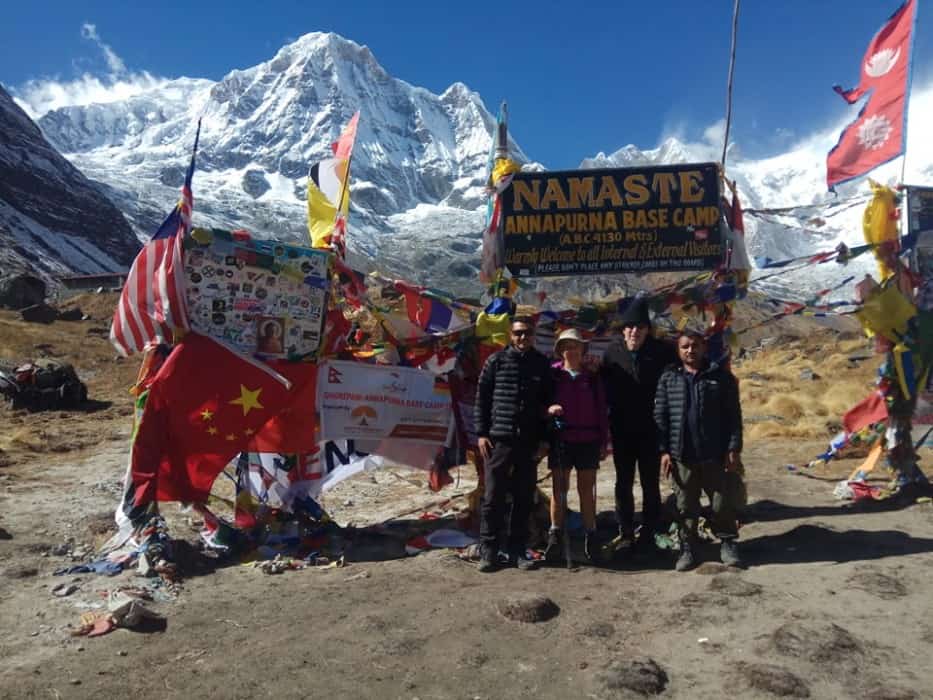
– Assessments that followed the earthquake have helped identify long-term opportunities to strengthen safety on trails and reduce risks.
Among the improvements include better communication and signage for visitors and locals, information campaigns on natural hazards in the region, engineering support for construction workers and accommodation owners, and general improvement of structures on the trail.
– Reduce occupancy in potential hazard areas have been enabled for both locals and trekking companies as well. These existing hazard spots have been identified due to the encompassing assessment after the earthquake.
Among the steps that are currently being followed include relocating houses and lodges to much safer areas and adjusting itineraries.
– Miyamoto International’s assessment on the Everest Base Camp trail also says that the region is safe to visit. According to the report, most of the villages in the region do not appear to have been affected by any landslide hazards.
Moreover, according to the report, none of the nine suspension bridges in this trail appear to have been affected by the earthquake and remain undamaged. The assessment was conducted between June 27 and July 2 last year (2015).

As a conclusion, Nepal is more than ready to accept tourists. Early this year, Nepal has been placed as one of the top countries to visit for 2016 by Rough Guides, a UK-based company that is considered as one of the leading travel publishers in the world.
The magazine has stated how Nepal is rising again after a series of devastating natural calamities.
Nepal needs people to come and visit them now more than ever to surpass this crisis.
The country needs tourists to visit their historical areas and thereby helping rebuild their future. It is a win-win situation to be a tourist in Nepal.
You get to witness a country rising from adversities, while helping rebuild it.
Want more information? Send us your query, and our experts will get back to you within 24 hrs.

Madhav started working as a porter in 2001 and then moved on to work as a trekking guide. After working in the trekking and tourism industry for eight years, he co-founded Mosaic Adventure in 2009.
Madhav has trekked to most of the trekking destinations in Nepal, including Everest Base Camp Trek, Annapurna Base Camp, Annapurna Circuit Trek, Poon Hill Trek, Jomsom Muktinath Trek, Indigenous Peoples Trek, Langtang Valley Trek, Mardi Himal Trek, and all of the day hikes around Kathmandu.
He has also extensively traveled to other countries such as Australia, the USA, the UK, France, Hong Kong, Japan, China, the Philippines, the UAE, Saudi Arabia, Bahrain, Thailand, Turkey, and India. Madhav is the one who answers most of your questions about trekking and tours and helps to plan your trip by giving a personal touch.

